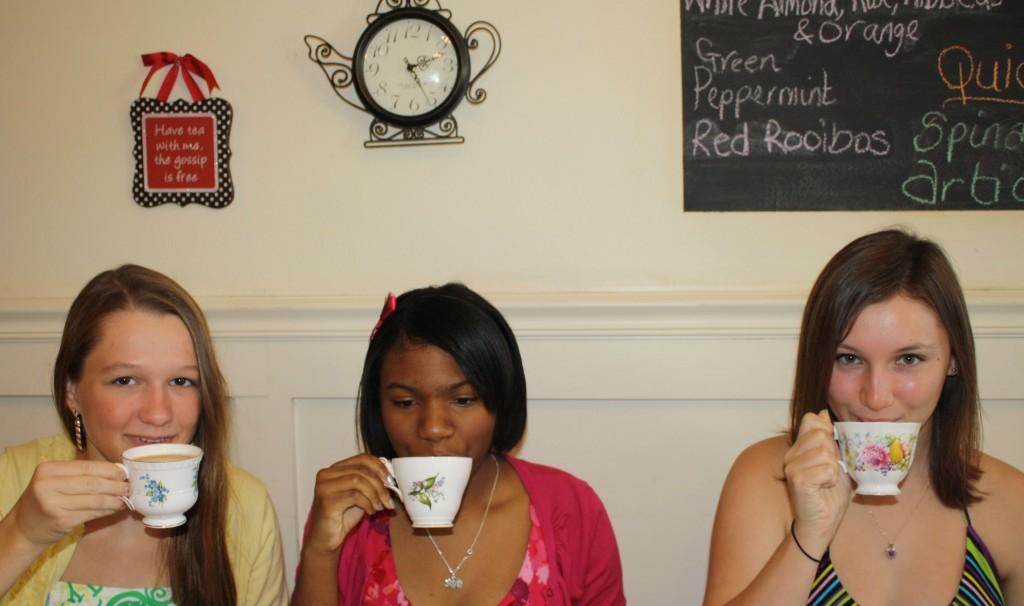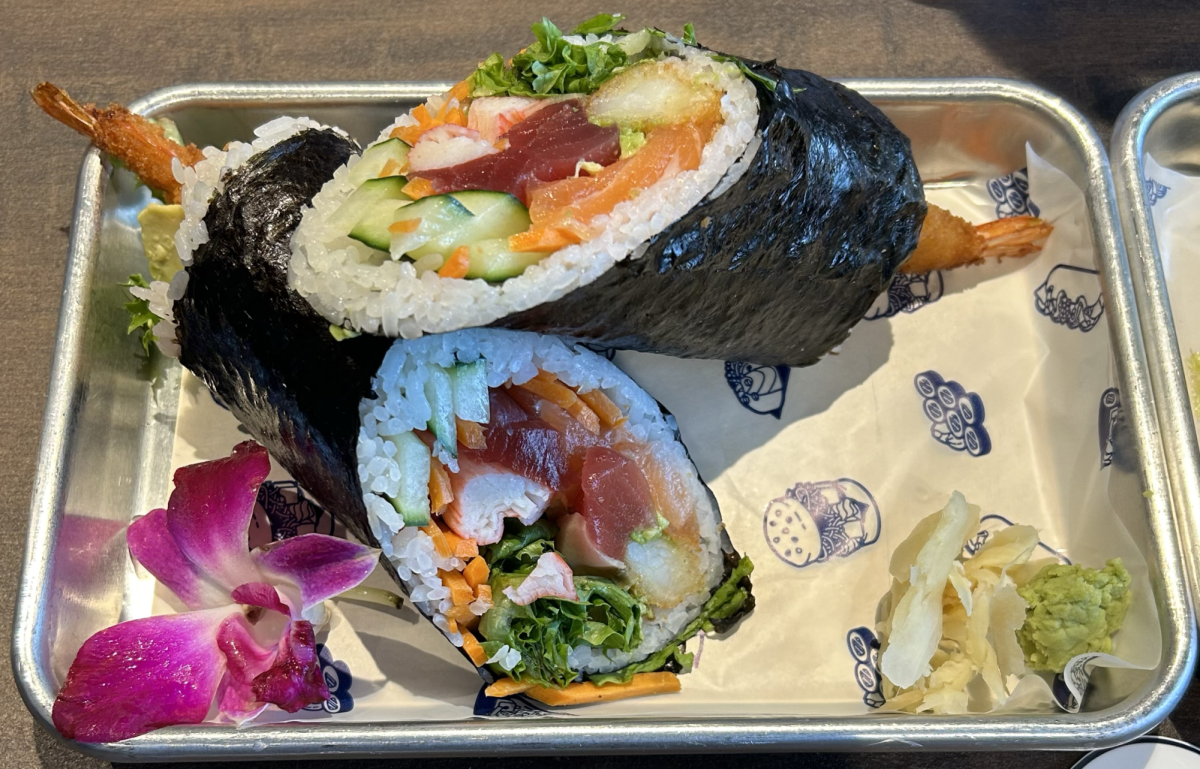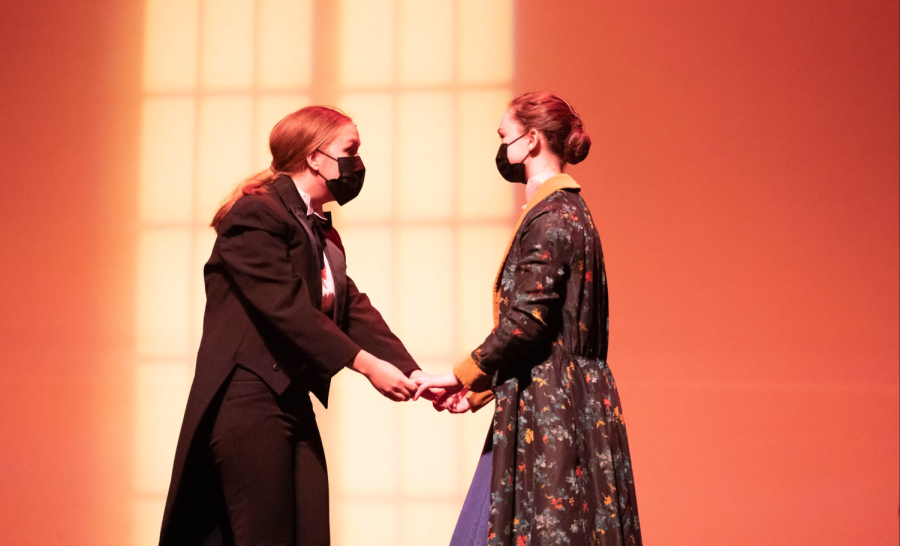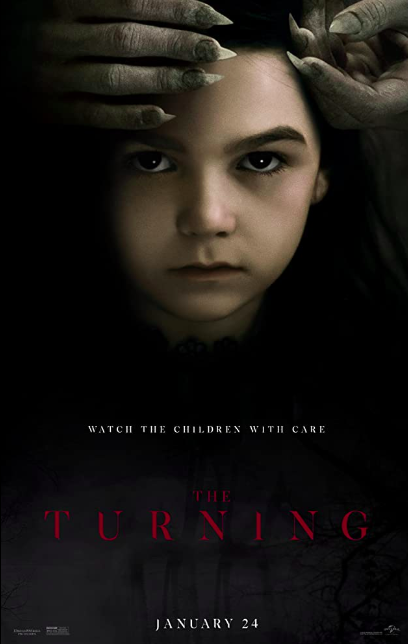Every girl, at some point in her life, has wanted a tea party. What’s not to like? The glitz of fine china and petit fours. The glamor of tulle dresses and upswept hairstyles. The gaiety of laughter and gossip among close friends. It’s friendly, elegant, and wonderfully quaint.
Unfortunately, I do not live in England, where having an afternoon tea is as common as its dreary weather. I live in Central Florida, and the closest experience we have is tea at the Ritz-Carlton, where each person is seated for $35.
I am lucky to have stumbled upon Lake Mary’s Dickens Coffee and Tea Room. From the outside, one could easily walk right past the fantastic little eatery. Despite the Union Jack flags waving in the breeze, the host of Adele songs playing on loop, and the cute lacy windows, the restaurant is virtually invisible unless you have a specific goal in mind—a pot of delicious tea.
Dickens specializes in afternoon tea. High tea, which is often mistaken for the former, is a robust meal, often to replace dinner.
Afternoon tea is not as heavy, though it is still quite filling. It’s basically a lighter version of high tea and is quintessential tea party fare. It’s typically taken from 3 p.m. to 5 p.m., Dickens’s prime hours.
Owner Debbie Arrigall-Watkins is from Wales, United Kingdom. She and her family moved to America more than twenty years ago. After becoming a U.S. citizen, Arrigall-Watkins sold her original business. When the space that would become Dickens went on sale, she decided to try her hand at a new business.
“I’d never run a tea room in my life! But I like tea—we grew up as babies drinking tea in Britain,” she said. “And here we are! Eighteen months later and I thoroughly enjoy it. It’s a great way to meet people.”
Dickens is truly a singular experience. When you walk in the small room it is easy to see the love Arrigall-Watkins puts into her work.The walls are adorned with various china teacups and saucers. Various Welsh cupboards are filled to the brim with plates and figurines. Arrigall-Watkins says that they come from friends and guests at the restaurant.
“People really enjoy it here. They’ll go around the table and find their favorite cup and settle with it,” she said. “Everything here is really authentic—all the china is made in England or America.”
Teenage girls everywhere will rejoice at the plethora of memorabilia from the Royal Wedding. Prince William’s and Princess Kate’s faces adorn decorative plates and photographs on the walls. Inspired by royal fever, Arrigall-Watkins opened her restaurant on the wedding date.
“It was April 29th, 2011. We opened at 5:30 in the morning, because that’s when the wedding started in England time,” she said. “I told everyone to dress as if they were going to the wedding. We had a big screen television in the corner so we watched it live. We were sold out completely—well, we only seat 30 people—and everyone had a great time.”
Although she loves the shop, Arrigall-Watkins does admit that the atmosphere makes her homesick. Talking about her heritage and memories brings back waves of nostalgia.
“When I was a little girl growing up, my mom used to take me and my brother out to tea every Saturday afternoon,” she said. “And we’d go to a little café, up a tiny spider staircase, and they’d serve sugar cubes with the tea (which is why I have sugar cubes on my tables), and they’d bring a platter of cakes, and you’d choose your cakes. It’s just really good, good memories for me.”
Arrigall-Watkins’s brother passed away when she was nineteen, so she hopes that her tea shop helps people remember that life is short, so it must be enjoyed.
“I want everyone to feel very comfortable when they come in,” she said. “It seems to be working out. I mean people love it, and I want them to make memories because nobody knows what’s around the corner.”
Dickens serves individual pots of tea along with sandwiches, desserts, and pastries. However, for parties and get-togethers, Arrigall-Watkins recommends the Ivy’s Afternoon Tea ($20 per person) named for her grandmother. It incorporates everything for a traditional tea experience. Arrigall-Watkins is especially fond of the butterfly cakes included in this set, as they are her grandmother’s exact recipe.
The food is served on three tiers: the bottom has an assortment of sandwiches. Arrigall-Watkins imports British bread—”It has no nasty preservatives, and is nice and thin,”—and fills them with various savory fillings. The sandwich types are egg salad, turkey and cranberry, and cucumber and cream cheese.
“In America, I make cucumber and cream cheese sandwiches. In the U.K., you’d have butter and cucumber sandwiches,” she said. “I have to change it a little bit to adapt to the American market.” Nevertheless, the sandwich is light and delicious.
The real winner, however, is the turkey and cranberry sandwich. The thin bread is spread with sweet and tart cranberry sauce, and thick slices of seasoned turkey are layered within.
The middle tier has a selection of pastries and cakes. The butterfly cakes that Arrigall-Watkins spoke of are small cupcakes filled with vanilla icing, made to resemble butterflies. They are light and sweet.
Small tarts are also included, filled with either apricot, black currant, or mixed berries. The crust is flaky, and the filling is delicious.
The most exciting dessert is the colorful Battenburg Cake. It was popularized in 1884 in celebration of the wedding between Queen Victoria’s granddaughter and Prince Louis of Battenburg. Cubes of brightly colored pink and yellow cake are sandwiched together in a checkerboard pattern with apricot jam. The slices are then wrapped in a thin layer of almond marzipan to create an insanely sweet treat.
The top tier holds half a dozen scones. These disks are small enough to fit into the palm of your hand. As Arrigall-Watkins explains, the trick is to eat each half of the scone separately—that way, the strawberry preserves and clotted cream slathered on top don’t get squished. No proper tea is complete without this classic British treat.
Arrigall-Watkins’s menu is seasonal, so she often discusses new ideas with her British staff, recalling old favorites and putting spins on new ones.
“Now we’re going into the winter season, so I’ll make Shepherd’s pie, or cheese and potato pie,” she said. “British food can be bland, because there aren’t many spices that are used. It’s plain food, but you get to taste what you’re eating.”
Each table gets an endless pot of Arrigall-Watkins’s favorite tea: Yorkshire Gold Black Tea. While there are a dozen types of tea, this is the best with the Ivy’s spread.
Arrigall-Watkins explains that since the introduction of tea to the UK, the main idea was to spend time together with friends or family. She hopes that her restaurant appeals to people of all cultures, genders, and ages—not just giddy teenage girls.
“You can make a tea party out of anything,” she said. “That is so important. It’s the social side of tea that matters— as long as people keep remembering that, tea parties will keep on going.”






















